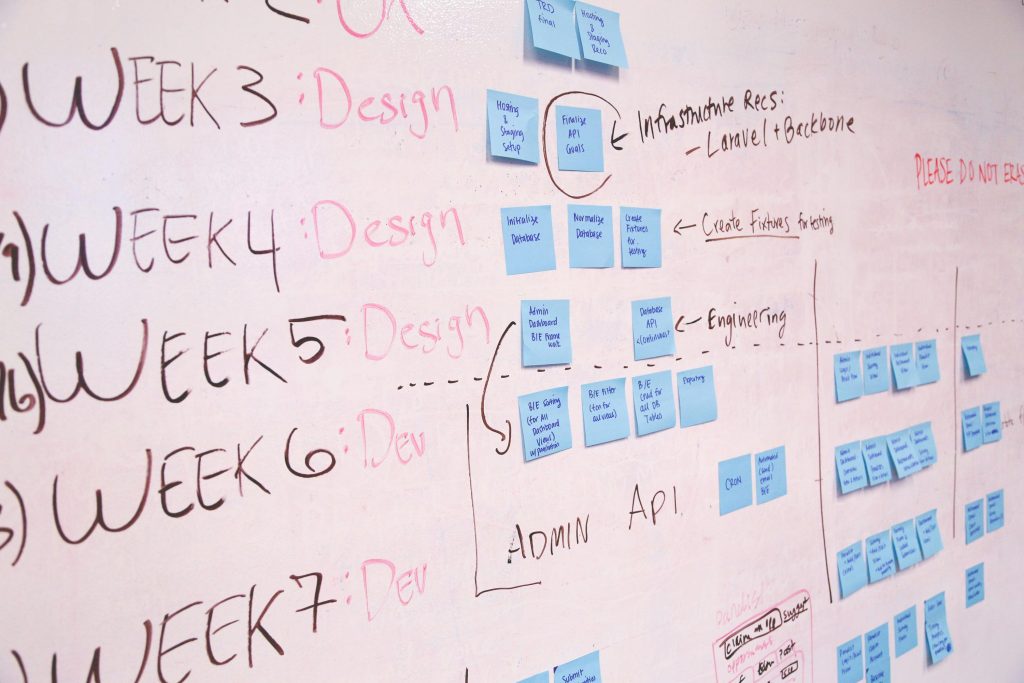Introduction
So, you’ve got a business idea—maybe it’s an app, an e-commerce brand, a consultancy, or a service that fills a unique gap in the market. That’s exciting. But what do you do first? The startup journey can feel overwhelming without a clear starting point, especially in Australia’s competitive and fast-evolving business landscape. While many founders jump straight into branding or product development, there’s a crucial first step that lays the foundation for everything that follows: validating your idea. In this article, we’ll break down why validation comes before incorporation or investment, how to do it effectively in Australia, and the tools and strategies to help you launch your startup the right way from day one.

Why Validation Comes Before Anything Else
Validation is the process of determining whether there’s real demand for your idea before you invest significant time, money, or resources. It prevents you from building a product nobody wants and helps you make early decisions with confidence.
Skipping this step is one of the leading reasons startups fail—not due to poor execution, but because of lack of market fit.
According to data from the Australian Government’s Business Innovation and Investment Program, startups that conduct market validation early are:
- 3x more likely to secure funding
- 2x more likely to reach product-market fit within 12 months
- Less likely to pivot repeatedly due to misaligned offerings
Step 1: Validate Your Startup Idea
1. Identify the Problem You’re Solving
Every great startup begins with a clear and painful problem. Ask yourself:
- Who experiences this problem regularly?
- Why hasn’t it been solved effectively yet?
- Is this a “nice-to-have” or a “must-solve” issue?
Example: If you’re launching a task management tool for tradies, clarify whether current solutions are too complex, too expensive, or not mobile-friendly enough.
2. Define Your Target Audience
Who are your ideal customers? Segment them by:
- Demographics (age, gender, location, income)
- Psychographics (values, frustrations, goals)
- Behaviours (buying patterns, digital habits)
Use tools like:
- Australian Bureau of Statistics (ABS) data
- Facebook Audience Insights
- LinkedIn and Reddit groups to understand niche communities
3. Conduct Customer Interviews and Surveys
Speak directly with potential customers. Aim to uncover:
- Their current alternatives and how they use them
- How much pain or inconvenience the problem causes them
- What they’d pay for a better solution

Pro tip: Don’t ask, “Would you buy this?” Instead, ask, “Tell me about the last time you faced this issue. What did you do?”
Tools to use:
- Google Forms or Typeform for quick surveys
- Calendly and Zoom for interviews
- In-person validation at local events or co-working spaces
4. Create a Minimum Viable Concept (MVC)
Instead of building your full product, start with something lightweight:
- A landing page explaining your offer
- A clickable prototype (using Figma or InVision)
- A short explainer video or pitch deck
Drive traffic to your concept through:
- Facebook or Instagram ads
- LinkedIn posts
- Forums and niche communities
Track conversions (sign-ups, emails, click-throughs) as early indicators of interest.
Additional Early Steps After Validation
Once you’ve validated your idea and have signs of traction, here’s what to do next.
Register Your Business
In Australia, you’ll need to:
- Choose a business structure (sole trader, partnership, or company)
- Apply for an ABN (Australian Business Number) via the Australian Business Register
- Register your business name with ASIC
- Set up a business bank account
Use the business.gov.au site for official registration and resources.
Build a Lean Team
Early hires or co-founders should complement your skillset. Look for:
- Technical talent if you’re not a developer
- Marketing or operations support
- A business partner who shares your vision and risk tolerance
Use platforms like:
- Founders Institute Australia
- CoFoundersLab
- Local startup meetups or incubators
Explore Funding Options
You don’t need millions to start. Begin by:
- Bootstrapping or self-funding
- Applying for government grants (e.g. Accelerating Commercialisation)
- Pitching to early-stage angel investors
- Crowdfunding for community-backed ideas
Common Pitfalls to Avoid

- Falling in love with the idea, not the problem: Focus on solving a real problem, not just building a cool product.
- Waiting too long to talk to customers: Customer input is most valuable before you’ve built anything.
- Overbuilding before validation: Don’t invest heavily in a full product without evidence people want it.
Real-Life Example
Emma, a Sydney-based founder, had an idea for a virtual nutrition coaching app. Instead of building the full platform, she ran Facebook ads to a simple landing page and offered free 15-minute calls. After 150 sign-ups in three weeks and valuable insights from early users, she refined her offering, partnered with dietitians, and launched a lean MVP that secured seed funding six months later.
Conclusion
The first and most important step in launching a startup in Australia isn’t building a logo, registering a domain, or even writing code—it’s validating your idea. By understanding your customer, defining the problem clearly, and testing your concept with real people, you lay a strong foundation for everything that comes next. This strategic approach reduces risk, saves time, and sets you up for meaningful traction and long-term growth.

